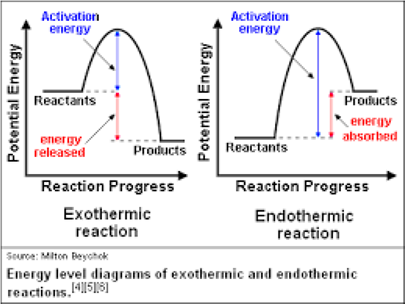What is Sakaguchi's Test?
|
Experiment # 7 |
|
||||||||||||
|
|
|
||||||||||||
|
|
SAKAGUCHI’S TEST |
|
|
||||||||||
|
Sakaguchi test is a biochemical test consisting of
colorimetric reaction for the detection and quantification of guanidinium
groups, used as a qualitative test for arginine that is either free or in
protein. The test was discovered by and named after the Japanese Food
Scientist Shoyo Sakaguchi in 1925. Sakaguchi test is an example of color reactions or test that
is performed for the detection of amino acids or proteins. The test is a
specific test for arginine where the guanidinium group of arginine
reacts with 1-naphthol or α-naphthol to produce a colored product. It is a
qualitative test, and the quantification of arginine is hindered in this test
due to the slow rate of color development and destruction of some guanidinium
groups by the reagent. |
|
||||||||||||
|
|
Principle |
|
|||||||||||
|
❖
Sakaguchi test is based on the principle of reaction between 1-naphthol
and the guanidinium groups in arginine, in the presence of an oxidizing
agent. ❖
The Sakaguchi reagent consists of sodium hypobromite and 1-naphthol.
The sodium hypobromite acts as an oxidizing agent that facilitates the
hydrogen bonding between two arginine molecules. |
|
||||||||||||
|
|
Requirements for
Sakaguchi’s test: |
|
|||||||||||
|
|
|
||||||||||||
|
|
Reagent: |
Sakaguchi reagent: 1% 1-naphthol
in alcohol with a few drops of 10% sodium hypobromite solution of bromine
water. % NaOH Sample (0.1% of arginine or 0.1% of creatine). |
|
||||||||||
|
❖ ❖ 40 ❖ |
|
||||||||||||
|
|
||||||||||||
|
. |
Materials required: |
PROCEDURE
About 3 ml of the test
solution is added in a test tube, to which 1 ml of 40% NaOH is added and -naphthol are added to the same test tube and mixed thoroughly. drops of the 10% sodium hypobromite or
bromine water is added. The test tube is observed for the development of
color |
||||||||||
|
• Test
tubes • Test
tube stand • Pipettes
µ mixed correctly. µ Then, two
drops of 1 µ Now, 4-5 µ |
||||||||||||
|
|
|
RESULTS |
|
|||||||||
|
|
||||||||||||
|
|
||||||||||||
|
|
Observation: |
A positive
result on the Sakaguchi’s test is demonstrated by the formation of red color. This indicates the presence of an arginine or guanidinium
compound. Sakaguchi’s Test is a biochemical test for the
detection of arginine in the free or combined . Quantitative analysis of the colored
product is not possible with this test as the rate of Sakaguchi’s reaction is
slow. Similarly, some of the guanidinium groups in the solution might be
destroyed by the hypochlorite, resulting in difficulties in testing results..
|
||||||||||
|
|
||||||||||||
|
Uses: |
form in proteins |
|||||||||||
|
• |
||||||||||||
|
Limitations: |
|
|||||||||||
|
•
•
|
||||||||||||











Comments
Post a Comment